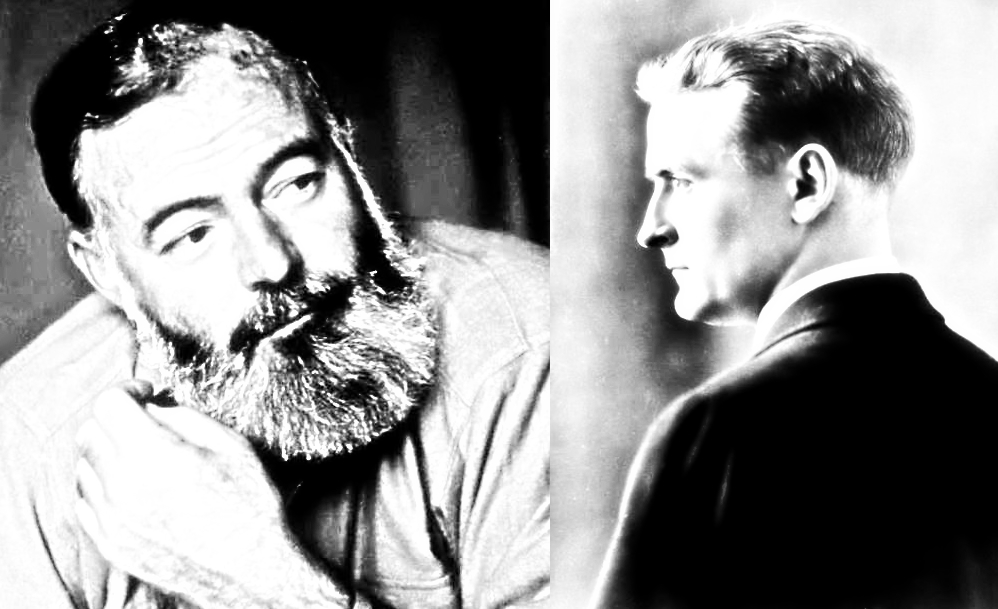Humanity gets desperate without community, and can even flail when community is doing its best to survive. Consider: the smallpox virus took a toll on medieval society and pockets of civilization elsewhere on the continent (and others) throughout time.
Today, we are going to look at the smallpox outbreak in Deadwood, South Dakota, and using the David Milch penned Deadwood television as a facilitator for the lore and history that dominated the Old West town of yesteryear.
Today’s quote, uttered by saloon owner Al Swearengen, points to the hysteria and fear that the smallpox virus conjured in society in the 1800s. That is to say, don’t say the word plague, because ideally the leaders in town need to pretend things are much better than they actually are in reality. No less, the plague had come.
Deadwood background
Deadwood was the embodiment of the Old West, especially when one thinks of gunslingers of lore and lawlessness as an institution. For example, Wild Bill Hickok was killed by Jack McCall in the sordid town, and lots of interesting characters paid visit, including Calamity Jane, George Armstrong Custer, Charlie Utter and his brother Steve, and lawman Seth Bullock.
The town itself grew out of the Gold Rush in the Black Hills, which brought settlers from the US over to find their futures in vast golden capital. But it was here that there was a fertile ground for a plague epidemic as it was secluded and far from civilization. Likewise, it was congested with panhandlers and wild west pioneers who were looking to make a fortune for themselves. Little did they know that they would also find a hellscape of sickness.
History of the outbreak
The smallpox outbreak occurred in August of 1876. Of course, the town was in no place to stave off the virus as it did not have the infrastructure to handle a huge amount of sick and dying.
“In 1878 there came a terrible scourge of smallpox among the miners and people of Deadwood,” writes Brown and Willard in The Black Hills Trails. “Hundreds were prostrated upon their rude beds and most people were afraid to go near them. Women were few to be had and they too were in terror of their lives.”
The Deadwood Pioneer, the still extant newspaper that was featured prominently in the HBO show wrote about the smallpox outbreak in 1876 that the virus was a “serious matter indeed” and that “citizens should take this matter in hand at once, and if possible, erect a suitable building in some out-of-the-way place, engage competent nurses, and have every patient removed to the quarters prepared” (Dessem).
As such, tents were set up in the town to handle the influx of smallpox patients. It is noted in multiple accounts that Calamity Jane herself nursed “residents stricken by the smallpox epidemic” (Deadwood).
“Beating smallpox as a child made her immune to the disease,” states Travel South Dakota, “and her care is credited for nursing five miners through the outbreak in 1876. Jane assisted Dr. Babcock, the Deadwood doctor that helped inspire the character of Doc Cochrane in Deadwood.”
In the television show Deadwood, a poor patron can be heard complaining of back pain while lying in a pool of his own sweat. It is a very real image from a very real time, and the frightened attitudes toward smallpox were both fair and rational. It was a deadly virus after all.
The Pioneer reported: “No one can tell when their turn will come, so let all make it common cause, and make the necessary arrangements for a hospital, that we may have a place to keep those who are so unfortunate as to be afflicted with contagious disease.”
In the end, somewhere near 300 people died because of the smallpox outbreak. Nevertheless, the community within the town proved resilient, and due to their communal nature, the town of Deadwood was able to persevere.
Conclusion
Though the town of Deadwood found an upside to the plague (communal spirit), this was in no way a common occurrence. Smallpox outbreaks ripped through older communities and destroyed communities in its wake, especially in medieval society where vaccines were not readily available.
As we think about Camelot in A Connecticut Yankee in King Arthur’s Court, we have to imagine a world where miracles trump science, and where the church is in supreme power, relying on theology over medicine and practice. Camelot, as we’ve seen, is feudalistic, so communal priority is not a highlight, but protagonist Hank Morgan may be able to perform a miracle of science to combat the plague.
Works cited
Brown, Jesse A., Willard, M. The Black Hills Trails: A History of the Struggles of the Pioneers in the Winning of the Black Hills. Rapid City Journal Company, 1924. Digitized: Oct. 25th, 2017. Web: https://books.google.com/books?id=7QJwnzPooYsC&source=gbs_navlinks_s
Dessem, Matthew. “Reading Deadwood’s Newspaper.” Slate. June 2, 2019. The Slate Group. Web. https://slate.com/culture/2019/06/deadwood-newspaper-black-hills-pioneer-hbo-milch-swearengen-merrick.html
“Infamous Deadwood: Calamity Jane.” Deadwood. Deadwood.com. Web.







